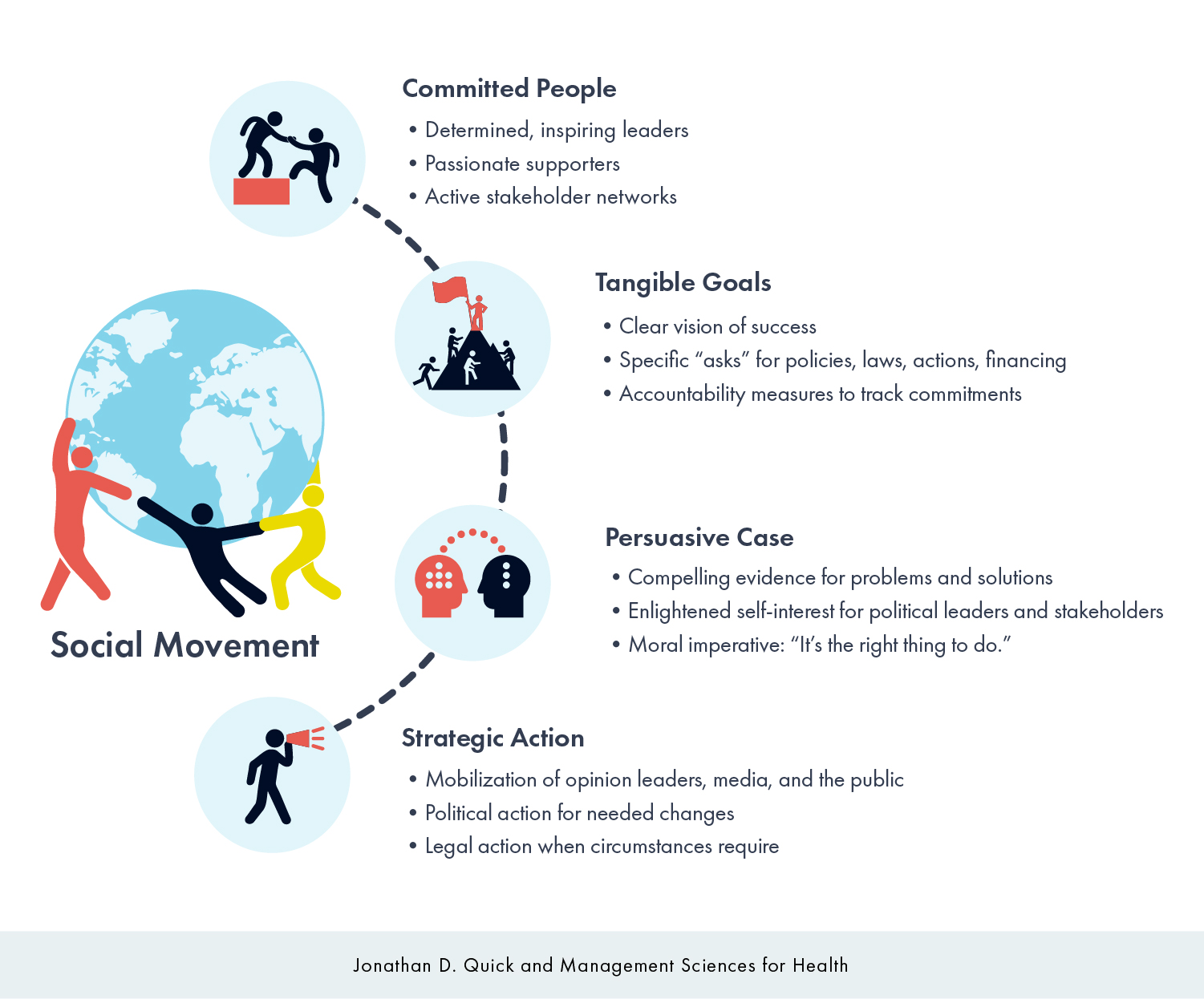
Catastrophic epidemics can be stopped with seven sets of concrete actions.
Source: Authors.

A combination of social, economic, and environmental factors is accelerating the emergence and spread of novel viruses and new epidemics.
source: Adapted from: World Health Organization. Research priorities for the environment, agriculture and infectious diseases of poverty. Geneva, Switzerland: World Health Organization; 2013. https://www.mcmasterhealthforum.org/docs/default-source/Product-Documents/stakeholder-dialogue-summary/capacity-to-respond-to-future-pandemics-sds.pdf?sfvrsn=4 (accessed 18 November 2016). Smith K, Goldberg M, Rosenthal S et al. Global rise in human infectious disease outbreaks. Journal of Royal Society
Interface 2014; 11: 20140950–20140950.
DOI: 10.1098/rsif.2014.0950.

Infectious-disease bioterror threats rank second only to nuclear devices in their potential to inflict mass causalities.
source: Coleman K, Ishisoko N, Trounce M, Bernard K. Hitting a Moving Target: A Strategic Tool for Analyzing Terrorist Threats. Health Security 2016.
DOI:10.1089/hs.2016.0062.

The direct effect of epidemics, combined with aversion behavior, drives a cascade of sometimes devastating and lasting healthcare social, economic, and business impacts.

Resilient national health systems based on universal health coverage are the foundation for national and global health security.
source: Adapted from: The road to recovery from Ebola. World Health Organization. 2017. http://www.who.int/ebola/health-systems-recovery/en/ (accessed 1 May 2017).

By investing an extra $1 per year for every person on the planet ($7.5 billion annually) we can make the world substantially safer from pandemic threats
source: The neglected dimensions of global security. National Academy of Medicine. 2016. https://www.nap.edu/catalog/21891/the-neglected-dimension-of-global-security-a-framework-to-counter (accessed 1 May 2017). Osterholm M, Olshaker M. Deadliest enemy: Our war against killer germs. Boston: Little, Brown and Company, 2017. Sands P, Mundaca-Shah C, Dzau V. The Neglected Dimension of Global Security—A Framework for Countering Infectious-Disease Crises. New England Journal of Medicine 2016; 374: 1281–1287. Røttingen J, Regmi S, Eide M et al. Mapping of available health research and development data: What’s there, what’s missing, and what role is there for a global observatory? The Lancet 2013; 382: 1286–307. Brende B, Farrar J, Gashumba D, Moedas C, Mundel T, Shiozaki Y, Vardhan H, Wanka J, Røttingen J. CEPI-a new global R&D organisation for epidemic preparedness and response. Lancet. 2017 Jan 21; 389(10066):233-235. Wilder-Smith A, Gubler D, Weaver S, Monath T, Heymann D, Scott T. Epidemic arboviral diseases: priorities for research and public health. The Lancet Infectious Diseases 2017; 17: e101-e106. Author estimate for diagnostics.

Large scale social change and impact requires the right people, a persuasive case, tangible goals, and strategies for action.
source: Authors’ synthesis formulation based on: Busby J. Moral movements and foreign policy. Cambridge: Cambridge University Press, 2010. Berridge V. Public health activism: lessons from history? British Medical Journal 2007; 335(7633):1310–2. Dreier P. Social Movements: How People Make History. Mobilizing Ideas. 2012. https://mobilizingideas.wordpress.com/2012/08/01/socialmovementshowpeoplemakehistory/ (accessed 6 March 2017). Quick J. Smith F. 15 March 2017; by email. Fryer B. Coe J. 17 June 2016; by email.